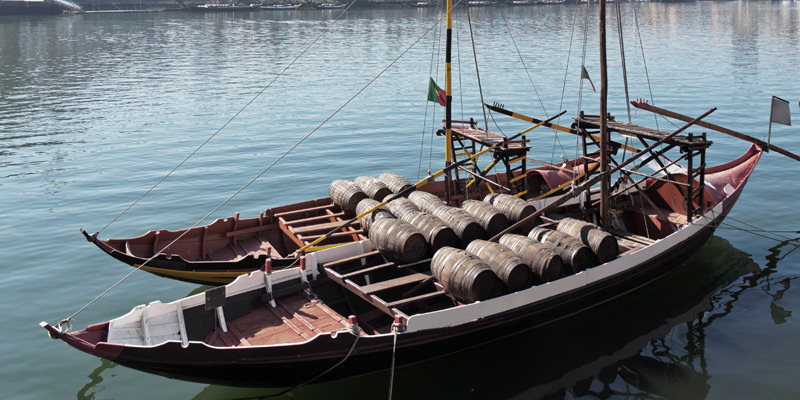Yeah, T-Pain and your bourbon have something in common. They both never thought they’d be on a boat. (“Poseidon, look at me.”)
Of course, that’s only if you’re drinking Jefferson’s “Ocean” bourbon, which is purposefully set to sea. And no, it’s not left behind after a crazy drunken and/or stomach virus-fueled cruise. The boat aging here is intentional, with barrels and ocean currents and specific timelines and seagulls and everything.
So, why? The first answer to that question actually goes to the larger question, how did this all begin. It’s not as kitschy as you might think. The eighth in his generation of Kentucky bourbon distillers, Trey Zoeller actually accidentally floated into the concept of boat-aged whiskey. On a birthday boat trip with his friends, Zoeller watched as the bourbon in his bottle sloshed from side to side and thought “’if it’ll do that in the bottle, it’ll do that in a barrel on a ship.’”
According to Zoeller, “the color and flavor came from rocking a ship.” OK, so if we’re going back to bourbon aging 101, we find that most bourbon—as in the majority on the insanely hot market—is aged still, in rickhouses (or rackhouses, or places where Mila Kunis spanks bourbon barrels). The idea there—and the idea that’s extremely specific to Kentucky bourbon aging—is climate; what happens in the rickhouse stays in the rickhouse, on purpose. Bourbon barrels are carefully charred, and carefully assorted in the wide open space of a big ol’ warehouse where heat, humidity, and oxygen levels are naturally moderated.
So why chuck that barrel onto a boat? Because that’s the way it was typically, if unintentionally, historically aged. Distilled largely in the south, it was shipped to other thirsty ports of call via boat on the Mississippi and Ohio rivers (their confluence is in Illinois, and it’s kind of epic). Not to mention, subjecting any whiskey to a sea type of climate is going to give a very specific character (just ask Islay whiskies). But what Zoeller and co. also found was a bourbon whiskey set afloat aged incredibly rapidly.
“The bourbon went in clear as water and came out black,” according to Zoeller. “Bourbon always picks up color in the barrel, but this 4-year-old bourbon was darker than 30-year-old bourbon.” Bear in mind, the “Ocean” whiskey you’re buying isn’t prune-fingered. It stays on the boat for an average of six to 10 months, and that’s after being aged for anywhere from six to eight years.
The major question, does that time in salty water do anything to up the price or general value (or taste) of the bourbon? Apparently, enough to increase demand for the bottles up to a minimum of around $70 (it tends to go higher). According to Jefferson’s, the sea created a “thick, dark bourbon that showcases complex flavors reminiscent of other spirits.” Unsurprisingly—given all that time at sea, with the sun beating down—you get “flavors [that] resemble a dark rum” and a “briny, savory taste” reminiscent of Islay scotch or Sherry.

